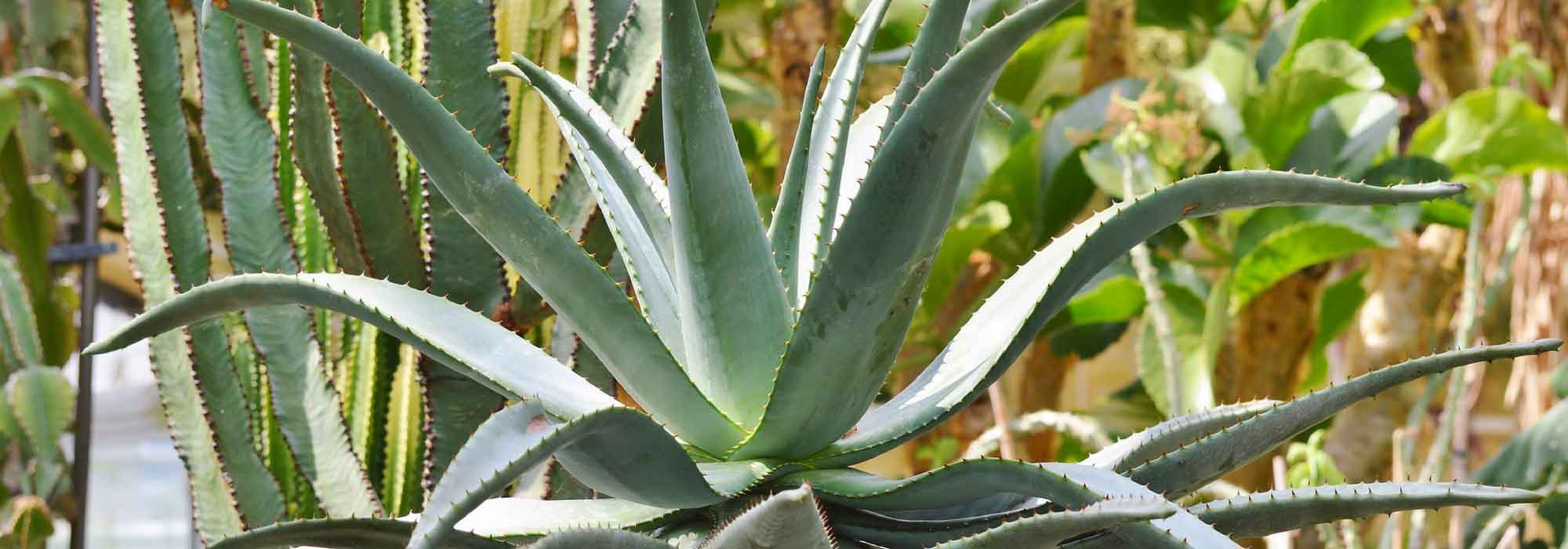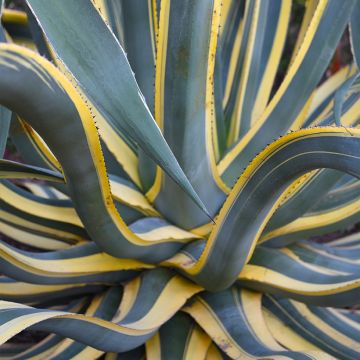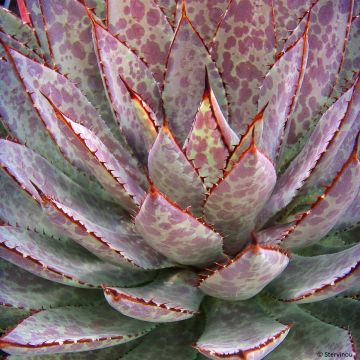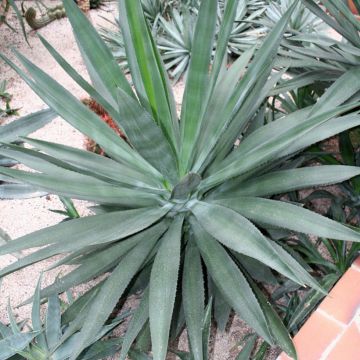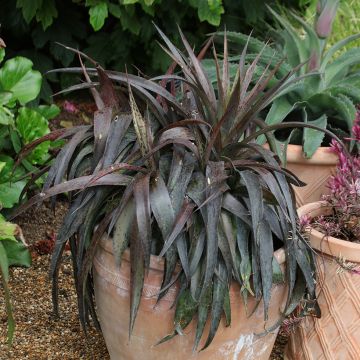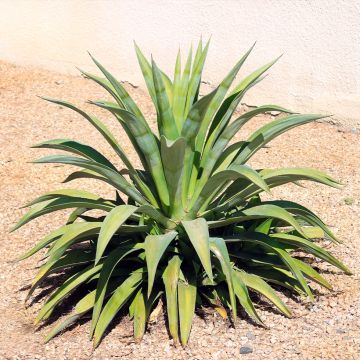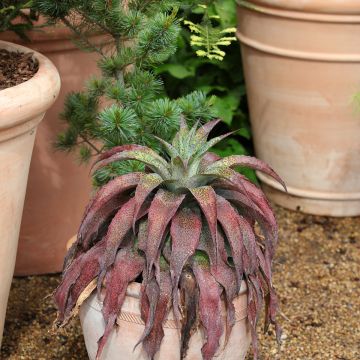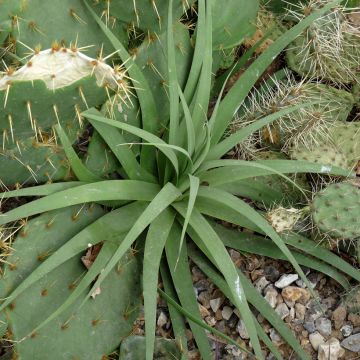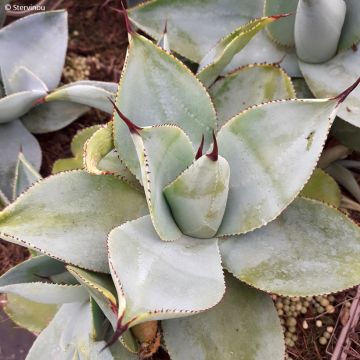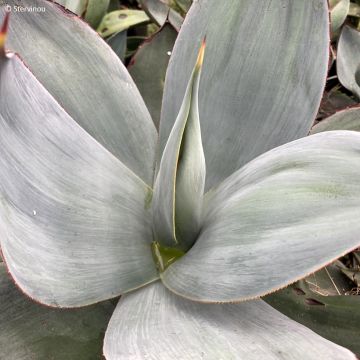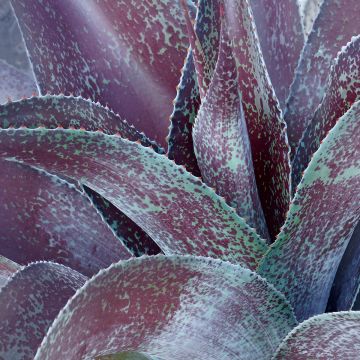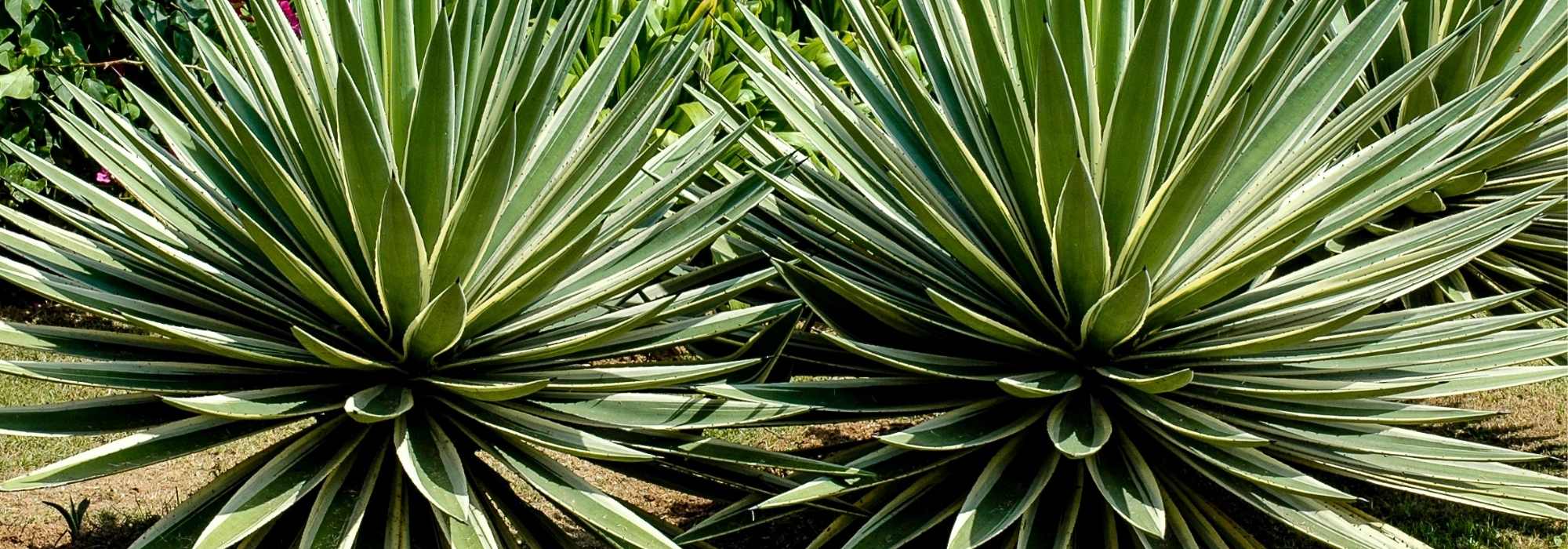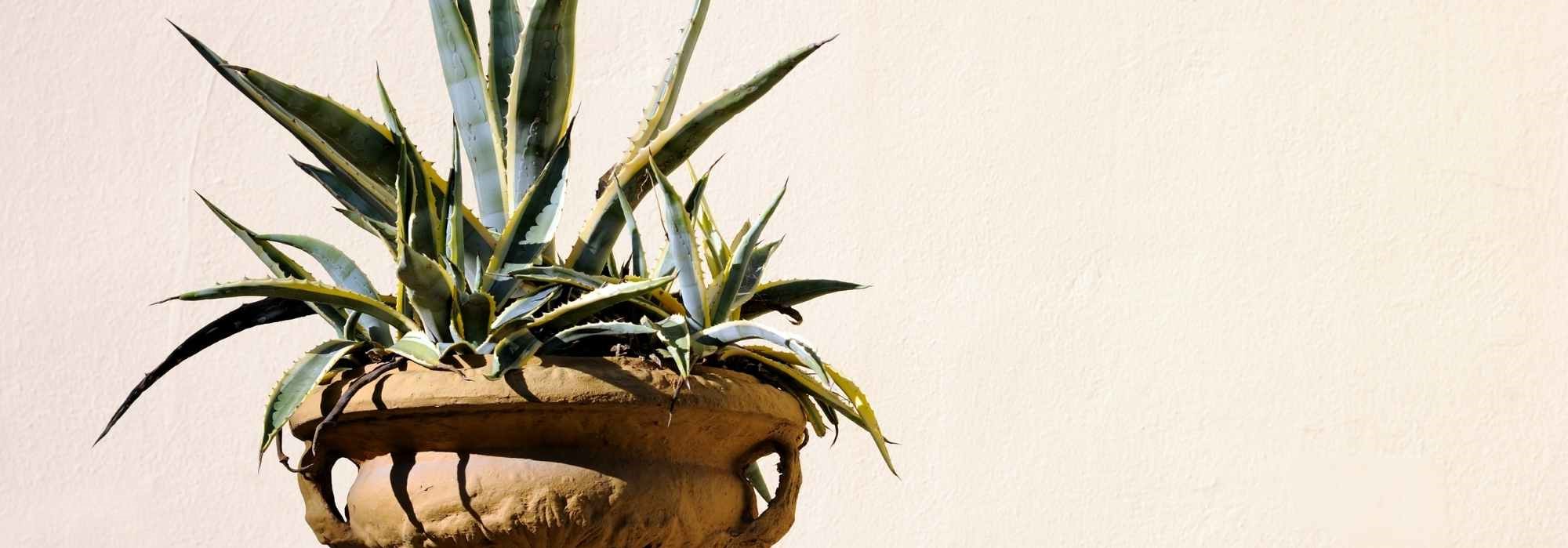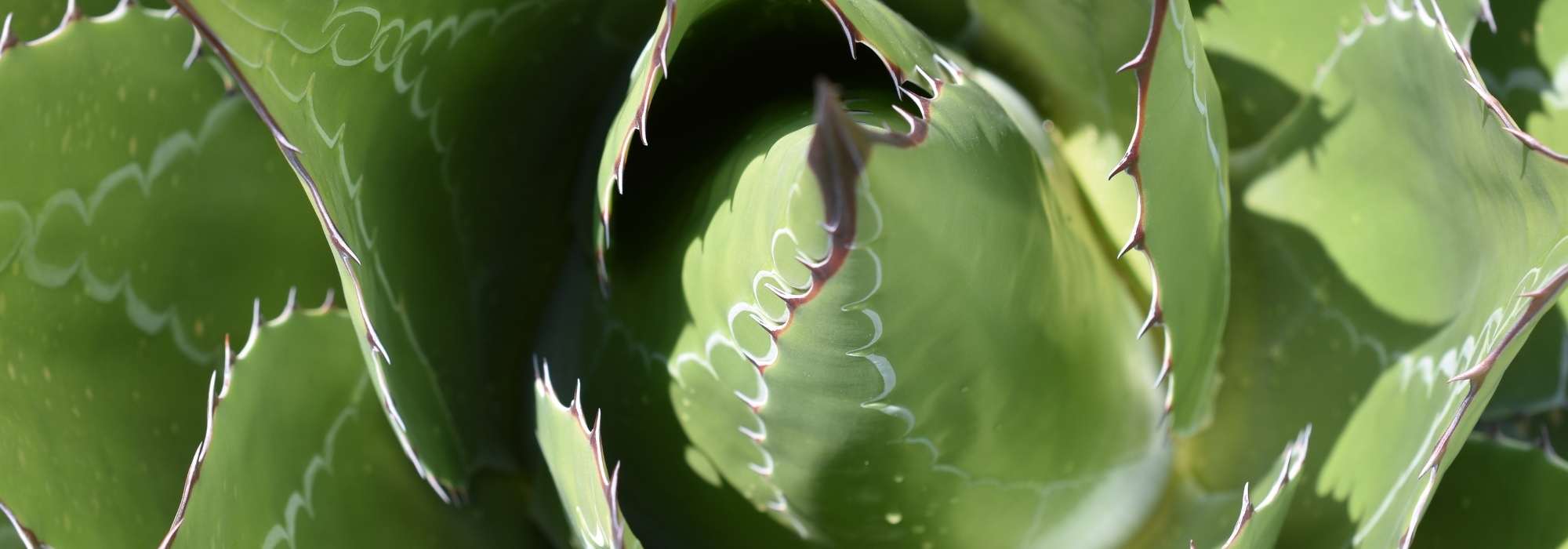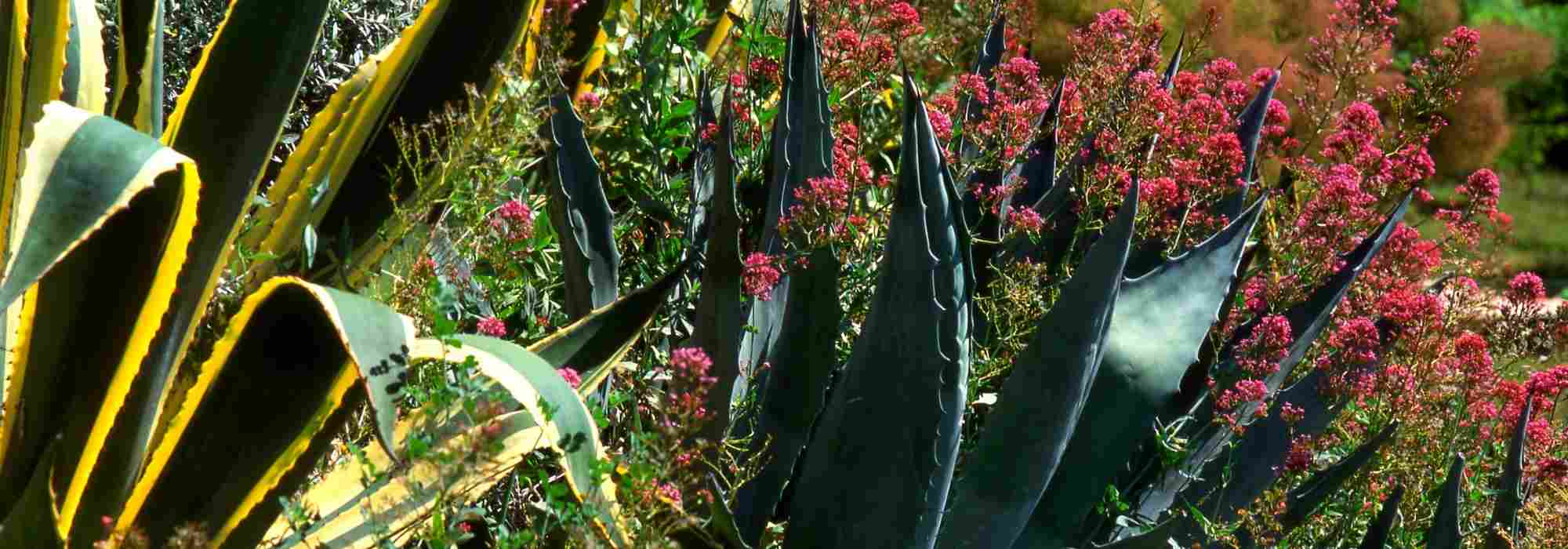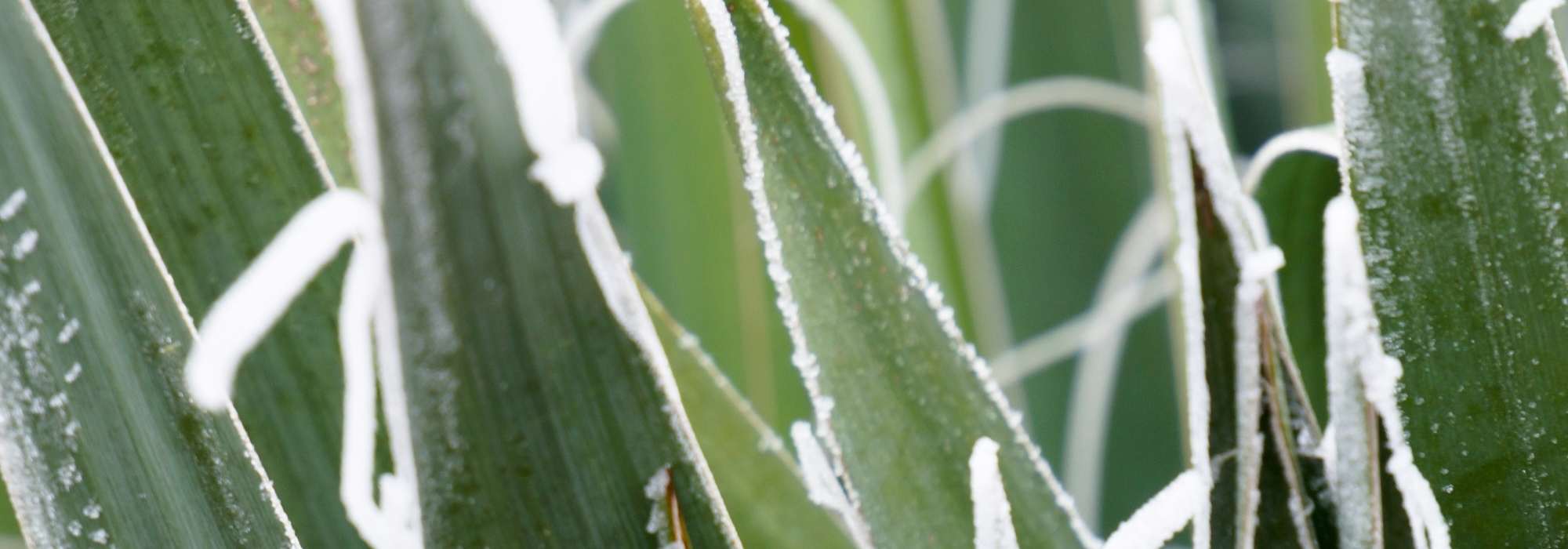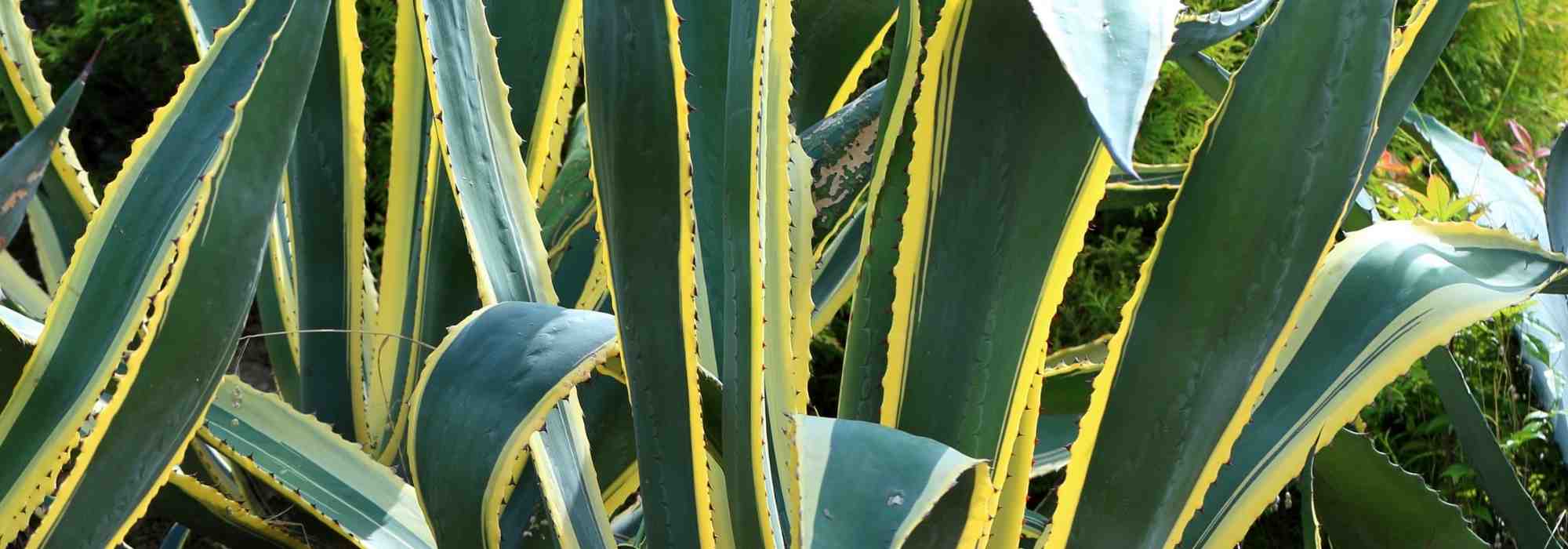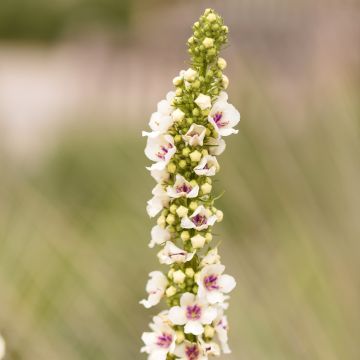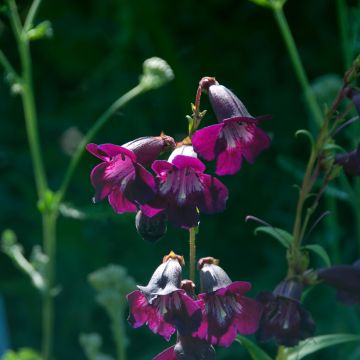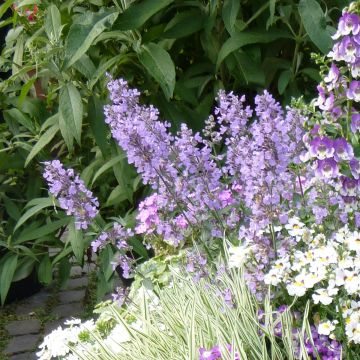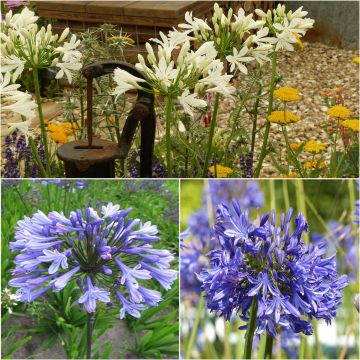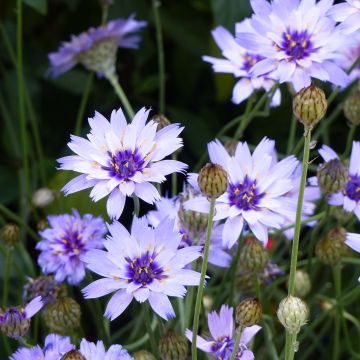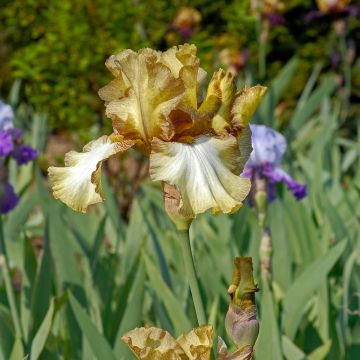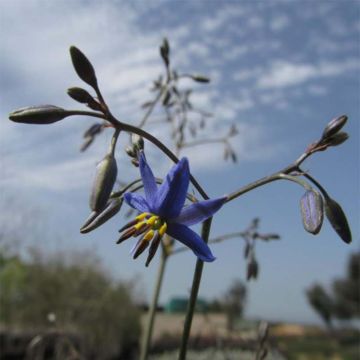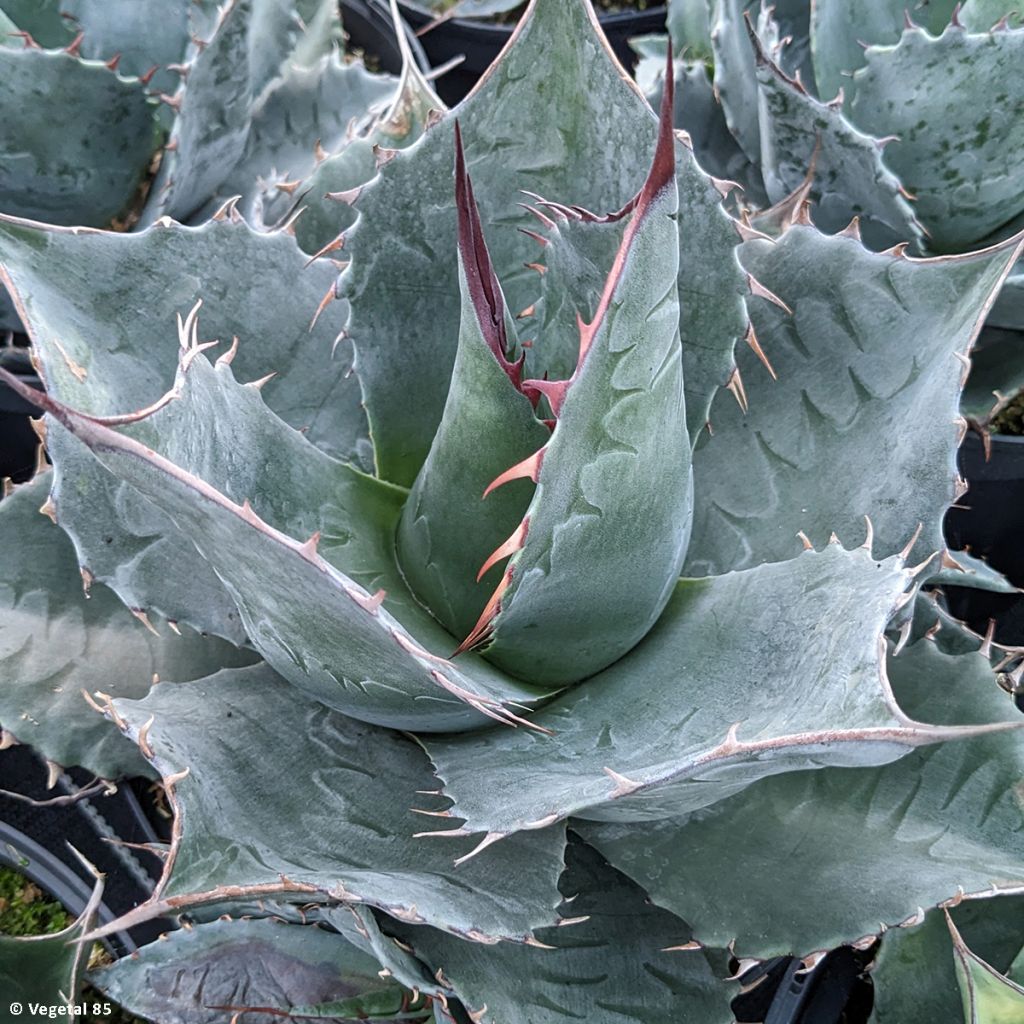

Agave parrasana - Agave chou
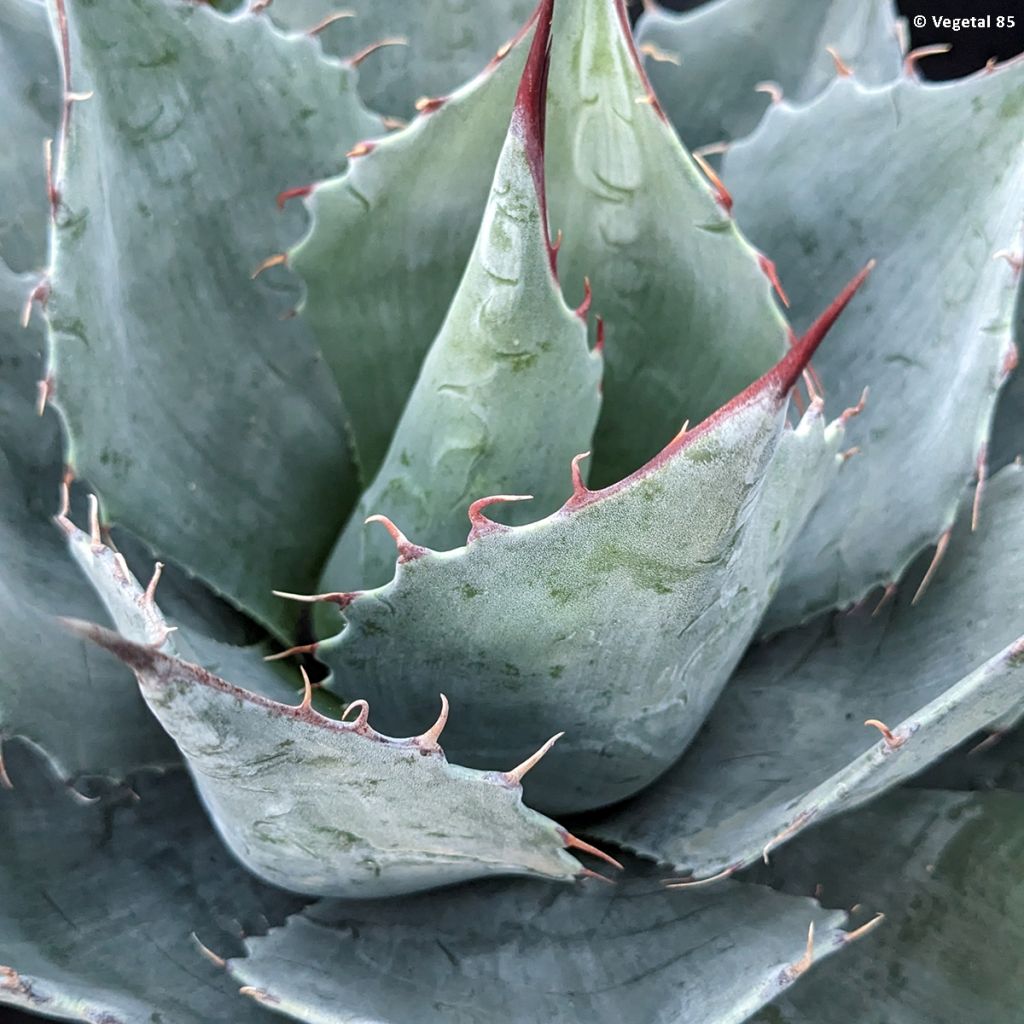

Agave parrasana - Agave chou
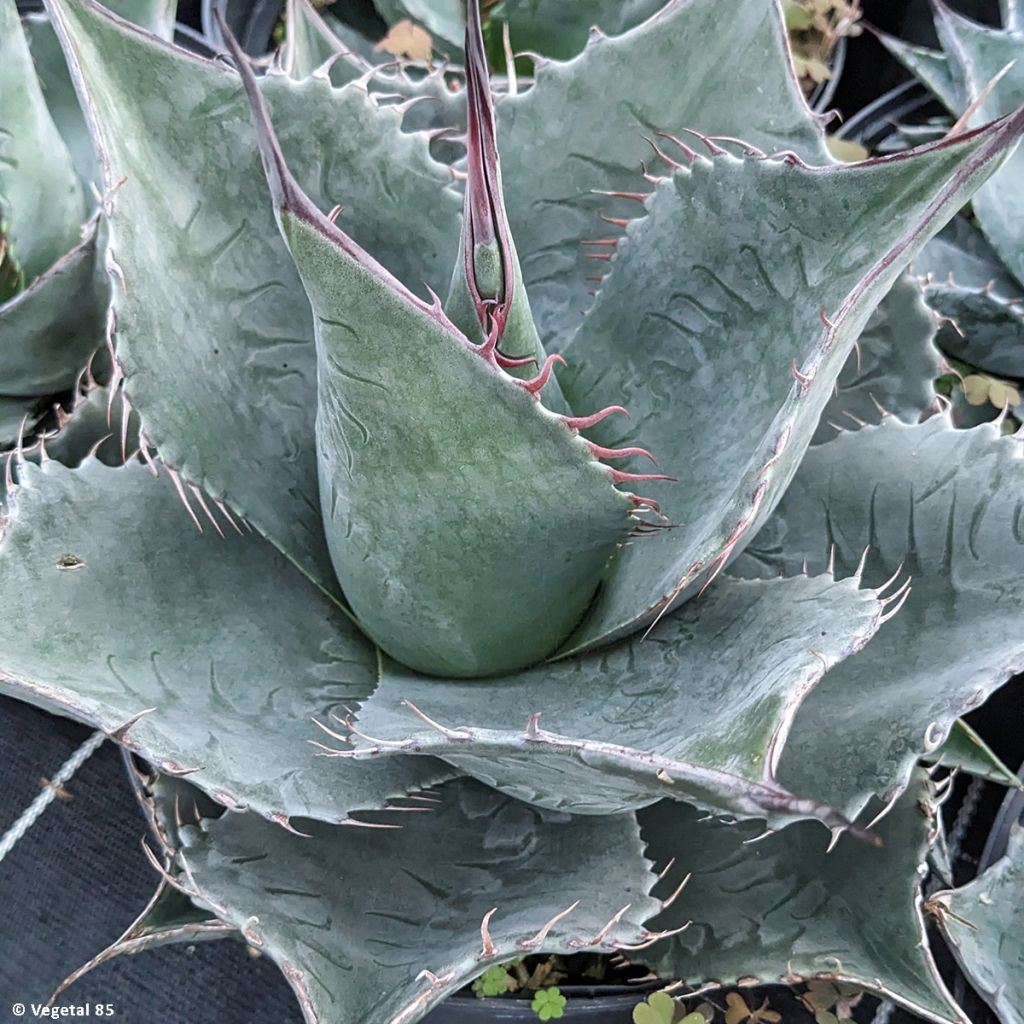

Agave parrasana - Agave chou
Agave parrasana
Agave parrasana
Cabbage head agave
Agave purchased in March 2025 is growing slowly and the establishment has gone well in our new garden.
CHRISTOPHE, 22/09/2025
Special offer!
Receive a €20 voucher for any order over €90 (excluding delivery costs, credit notes, and plastic-free options)!
1- Add your favorite plants to your cart.
2- Once you have reached €90, confirm your order (you can even choose the delivery date!).
3- As soon as your order is shipped, you will receive an email containing your voucher code, valid for 3 months (90 days).
Your voucher is unique and can only be used once, for any order with a minimum value of €20, excluding delivery costs.
Can be combined with other current offers, non-divisible and non-refundable.
Home or relay delivery (depending on size and destination)
Schedule delivery date,
and select date in basket
This plant carries a 12 months recovery warranty
More information
We guarantee the quality of our plants for a full growing cycle, and will replace at our expense any plant that fails to recover under normal climatic and planting conditions.

Does this plant fit my garden?
Set up your Plantfit profile →
Description
Agave parrasana (synonym Agave wislizeni subsp. parrasana) is a particularly ornamental Mexican species, with good hardiness. Nicknamed the Cabbage Agave, it forms an evocative rosette, with a well-rounded geometric shape. The large leaves overlap each other in a dense and attractive arrangement. Ranging in colour from glaucous to very blue depending on the individuals, this small-sized agave grows slowly. Easily cultivable in a pot or container on a balcony or terrace, it can also be planted outdoors in many regions, as it is hardy down to -14°C (6.8°F) in very well-drained soil. A very beautiful species to discover and plant in a sunny location.
Agaves belong to the Asparagaceae family (formerly Agavaceae), which includes more than 600 species and about twenty genera, many of which are ornamental (Yucca, Cordyline, Sansevieria, Nolina). This mountainous Agave is native to northern Mexico, where it grows at altitudes ranging from 1500 to 2500m (4921 to 8202ft), which explains its good hardiness, allowing it to withstand dry and brief frosts of around -14°C (6.8°F). It grows in full sun on completely dry cliffs overlooking desert areas.
With slow growth, Agave parrasana initially produces leaves that are longer than they are wide. After about 5 years, the leaves become wider and the rosette takes on its characteristic appearance, which gives the species its common name of Cabbage Agave. In reality, the visual effect is closer to that of an artichoke. Initially upright, the young leaves gradually spread out while maintaining a fairly closed angle, giving the species its distinctive habit. Covered with strong spines, the laminae are so compressed in the central bud that their teeth leave their mark on neighbouring leaves. When these leaves spread apart, the pattern of spines remains engraved, forming white marbling on the bluish surface of the leaf. These greyish-reddish spines often take on curved or sinuate shapes. When fully grown, it rarely exceeds 60cm (24in) in diameter, making it easy to grow in pots in cold regions.
After several years, it produces a flower in summer. Despite the small size of this agave, its flower is a gigantic spike. Measuring 4 to 6m (13 to 20ft) in height and over 10cm (4in) in diameter, this axis branches out at its end into paniculate inflorescences that initially produce red flowers, which then turn yellow. As a semelparous plant, this flowering signifies the death of the plant, which will have produced daughter rosettes at its base.
Ideal for arid situations, shallow soils, and large scree slopes, it will naturally structure a minimalist, mineral, exotic landscape in a dry garden, as well as on a south-facing terrace. Cultivable in many regions, its unique architectural presence blends well with the simplicity of wild grasses such as Stipa ichu or Stipa gigantea. It can also be planted alongside prickly pear cacti (Opuntia), some of which are extremely hardy. A beautiful specimen of Yucca rostrata, with its perfect ball-shaped habit, will also be ideal to complete your exotic bed. For a unique touch, add Cylindropuntia imbricata, an astonishing Opuntia with cylindrical segments, rather than pads like other Opuntias, which branches out more each year and enchants with its fuchsia-pink flowers with yellow centres.
Agave is also an edible plant, used in Mexico to make mescal, an alcoholic beverage obtained through fermentation of its sugar-rich juice. It is also used in traditional medicine in Mexico, Brazil, and India for its proven antifungal properties. Very attractive to bees and nectar-feeding insects, the inflorescences attract many pollinators.
Agave parrasana in pictures
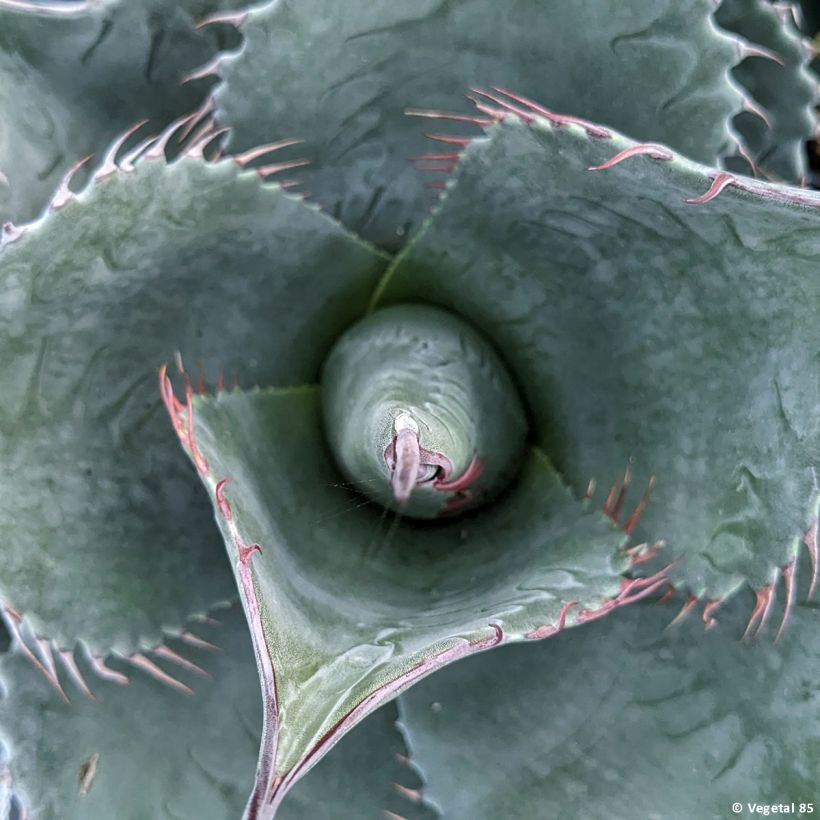

Flowering
Foliage
Plant habit
Botanical data
Agave
parrasana
Agavaceae
Cabbage head agave
Agave wislizeni subsp. parrasana
North America
Other Agave
View all →Planting and care
In regions with mild winters, plant in full sun, in a scorching location, on a slope or a dry bank. Plant in well-drained, poor, stony, chalky, or sandy soil. While the plant is quite hardy in dry soil, it does not tolerate excess humidity, which is common in clayey and heavy soils, combined with severe cold. As it prefers dry soils in summer, for example, you can consider planting it in a 50cm (20in) hole filled with a mixture of rocks and light soil. Ensure its collar is kept free from stagnant water. In slightly humid climates, plant the agave on a south-facing slope, which facilitates water drainage. Abundant but spaced watering will suit it perfectly to help it establish initially, and then it will manage on its own. The drier the soil, the more it will resist frost, down to -12 to -14°C (10.4 to 6.8 °F). To provide excellent protection in the ground, place a rigid plastic sheet or a glass bell over the plant so that rainwater does not penetrate into the core during winter.
Pot culture:
As the plant is relatively compact, it can be grown in a pot (preferably terracotta) on a terrace or balcony, in a light substrate such as cactus soil, with particular attention to drainage. It will then be easy to store the pot away from strong frosts and humidity, in a bright, well-ventilated, minimally heated (between 0 to 5°C (32 to 41°F)) room. Reduce or even stop watering in winter. The plant can spend the summer season, from April to October, outdoors. When you take it out, gradually acclimatise it to the sun to avoid foliage burns. Keep it in partial shade for 2 to 3 weeks before facing full sun.
Planting period
Intended location
Care
Planting & care advice
-
, onOrder confirmed
Reply from on Promesse de fleurs
Similar products
Haven't found what you were looking for?
Hardiness is the lowest winter temperature a plant can endure without suffering serious damage or even dying. However, hardiness is affected by location (a sheltered area, such as a patio), protection (winter cover) and soil type (hardiness is improved by well-drained soil).

Photo Sharing Terms & Conditions
In order to encourage gardeners to interact and share their experiences, Promesse de fleurs offers various media enabling content to be uploaded onto its Site - in particular via the ‘Photo sharing’ module.
The User agrees to refrain from:
- Posting any content that is illegal, prejudicial, insulting, racist, inciteful to hatred, revisionist, contrary to public decency, that infringes on privacy or on the privacy rights of third parties, in particular the publicity rights of persons and goods, intellectual property rights, or the right to privacy.
- Submitting content on behalf of a third party;
- Impersonate the identity of a third party and/or publish any personal information about a third party;
In general, the User undertakes to refrain from any unethical behaviour.
All Content (in particular text, comments, files, images, photos, videos, creative works, etc.), which may be subject to property or intellectual property rights, image or other private rights, shall remain the property of the User, subject to the limited rights granted by the terms of the licence granted by Promesse de fleurs as stated below. Users are at liberty to publish or not to publish such Content on the Site, notably via the ‘Photo Sharing’ facility, and accept that this Content shall be made public and freely accessible, notably on the Internet.
Users further acknowledge, undertake to have ,and guarantee that they hold all necessary rights and permissions to publish such material on the Site, in particular with regard to the legislation in force pertaining to any privacy, property, intellectual property, image, or contractual rights, or rights of any other nature. By publishing such Content on the Site, Users acknowledge accepting full liability as publishers of the Content within the meaning of the law, and grant Promesse de fleurs, free of charge, an inclusive, worldwide licence for the said Content for the entire duration of its publication, including all reproduction, representation, up/downloading, displaying, performing, transmission, and storage rights.
Users also grant permission for their name to be linked to the Content and accept that this link may not always be made available.
By engaging in posting material, Users consent to their Content becoming automatically accessible on the Internet, in particular on other sites and/or blogs and/or web pages of the Promesse de fleurs site, including in particular social pages and the Promesse de fleurs catalogue.
Users may secure the removal of entrusted content free of charge by issuing a simple request via our contact form.
The flowering period indicated on our website applies to countries and regions located in USDA zone 8 (France, the United Kingdom, Ireland, the Netherlands, etc.)
It will vary according to where you live:
- In zones 9 to 10 (Italy, Spain, Greece, etc.), flowering will occur about 2 to 4 weeks earlier.
- In zones 6 to 7 (Germany, Poland, Slovenia, and lower mountainous regions), flowering will be delayed by 2 to 3 weeks.
- In zone 5 (Central Europe, Scandinavia), blooming will be delayed by 3 to 5 weeks.
In temperate climates, pruning of spring-flowering shrubs (forsythia, spireas, etc.) should be done just after flowering.
Pruning of summer-flowering shrubs (Indian Lilac, Perovskia, etc.) can be done in winter or spring.
In cold regions as well as with frost-sensitive plants, avoid pruning too early when severe frosts may still occur.
The planting period indicated on our website applies to countries and regions located in USDA zone 8 (France, United Kingdom, Ireland, Netherlands).
It will vary according to where you live:
- In Mediterranean zones (Marseille, Madrid, Milan, etc.), autumn and winter are the best planting periods.
- In continental zones (Strasbourg, Munich, Vienna, etc.), delay planting by 2 to 3 weeks in spring and bring it forward by 2 to 4 weeks in autumn.
- In mountainous regions (the Alps, Pyrenees, Carpathians, etc.), it is best to plant in late spring (May-June) or late summer (August-September).
The harvesting period indicated on our website applies to countries and regions in USDA zone 8 (France, England, Ireland, the Netherlands).
In colder areas (Scandinavia, Poland, Austria...) fruit and vegetable harvests are likely to be delayed by 3-4 weeks.
In warmer areas (Italy, Spain, Greece, etc.), harvesting will probably take place earlier, depending on weather conditions.
The sowing periods indicated on our website apply to countries and regions within USDA Zone 8 (France, UK, Ireland, Netherlands).
In colder areas (Scandinavia, Poland, Austria...), delay any outdoor sowing by 3-4 weeks, or sow under glass.
In warmer climes (Italy, Spain, Greece, etc.), bring outdoor sowing forward by a few weeks.






























